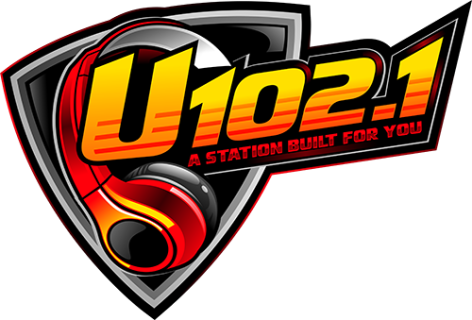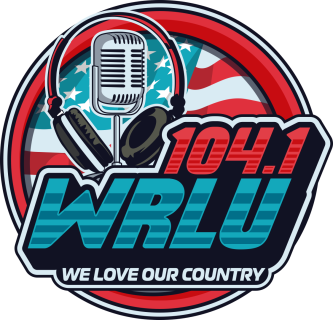As the boating season starts to pick up this summer, the U.S. Coast Guard and other local organizations are reminding boaters to be prepared before heading out on the water. Coast Guard Auxiliary member Jeff Feuerstein reminds everyone that all on board a watercraft needs a personal floatation device to increase their chance of survival.
Last year was the deadliest year for Great Lakes drownings. According to The Great Lakes Surf Rescue Project, 39 people died in Lake Michigan alone last year. You can find a list of tips on how to stay safe on the water with the information below by the Wisconsin DNR.
Boat safety tips
Boat safety equipment
Boating safety equipment
Keep the fun on the water coming -- whether it's a fishing boat, a canoe, or a personal watercraft that "floats your boat."
Operator inexperience, inattention, recklessness, and speeding are the four leading causes of tragic watercraft crashes and the leading cause of death is drowning.
Crash statistics indicate boaters who wear life jackets and take boater safety courses are most likely to stay safe on Wisconsin waters.
Follow these basic safety tips and enjoy Wisconsin's great lakes and rivers with family and friends.
Leave alcohol onshore.
Never use drugs or alcohol before or during boat operation. Alcohol's effects are greatly exaggerated by exposure to sun, glare, wind, noise, and vibration.
Boating Under the Influence
Use and maintain the right safety equipment.
Have a U.S. Coast Guard-approved life jacket for each person onboard and one approved throwable device for any boat 16 feet and longer. The DNR recommends that everyone wear their lifejackets while on the water.
Have a fire extinguisher.
Have operable boat lights - Always test boat lights before the boat leaves the dock and carry extra batteries. Safe boating - navigating at night Emergency supplies - Keep on board in a floating pouch: cell phone, maps, flares, and 1st aid kit.
Learn about some key equipment to keep you safe:
Safe boating - safety equipment
Paddle Board Safety Tips.
Wear a lifejacket! - More than 90% of boat fatalities related to drowning involve victims not wearing life jackets, you need one for your safety. You also need one because Wisconsin law, as well as U.S. Coast Guard law, treats paddleboards the same as kayaks and canoes. This means there must be a personal flotation device for each person on board. However, the best way to obey this law and to ensure your safety is to just wear the life jacket.
Carry a whistle
Be a competent swimmer
Know how to self-rescue
Know how to tow another board
Know the local regulations and navigation rules
Understand the elements and hazards – winds, tidal ranges, current, terrain
Know when to wear a leash
Be defensive – don’t go where you aren’t supposed to be and avoid other swimmers, boaters, paddleboards
Use proper blade angle to be the most efficient paddle boarder
And, take a safety course, Paddling Safety Course
Be weather wise.
Regardless of the season, keep a close eye on the weather and bring a radio. Sudden wind shifts, lightning flashes and choppy water all can mean a storm is brewing. If bad weather is approaching, get off the water early to avoid a long waiting line in inclement weather.
Safe boating - weather woes
Take these steps before getting underway.
Tell someone where you are going and when you will return.
Open all hatches and run the blower after you refuel and before getting underway. Sniff for fumes before starting the engine and if you smell fumes, do not start the engine.
Check the boat landing for any local regulations that apply. If boating on the Great Lakes or Mississippi River, review the federal regulations for additional requirements.
Loading and unloading your boat.
Overloading a boat with gear or passengers will make the boat unstable and increase the risk of capsizing or swamping. Abide by the boats capacity plate which located near the boat operators position.
See why it's important not to overload your boat:
Safe boating - overloading
Follow navigation and other rules on the water.
Never allow passengers to ride on gunwales or seatbacks or outside of protective railings, including the front of a pontoon boat. A sudden turn, stop or start could cause a fall overboard.
After leaving the boat launch, maintain slow-no-wake speed for a safe and legal distance from the launch.
Follow boat traffic rules.
Safe boating - navigation right of way
Take special cold water precautions in spring.
Cold water temperatures reduce your margin for error on the water: if you fall in or your boat capsizes, you may have as little as two minutes before losing your ability to move your muscles and get back in the boat or seek help.






